You Will Need:
- A container
- A spoon
- ½ a cup of bicarbonate soda
- Food colouring
- Water
- Muffin tray or ice cube tray.
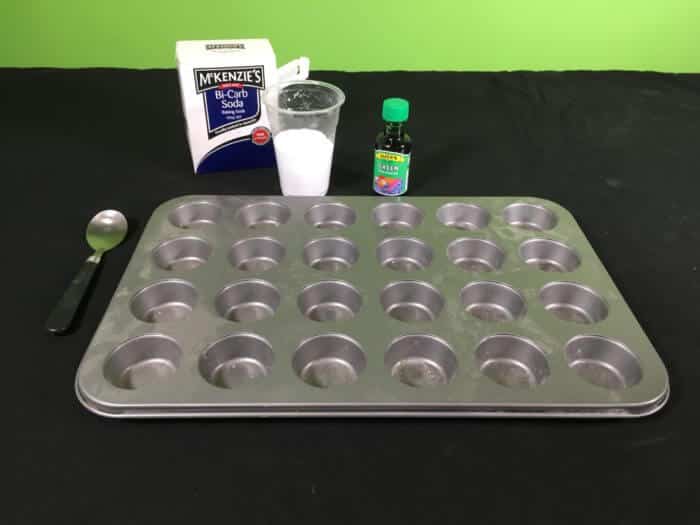

School science visits since 2004!
– Curriculum-linked & award-winning incursions.
– Over 40 primary & high school programs to choose from.
– Designed by experienced educators.
– Over 2 million students reached.
– Face to face incursions & online programs available.
– Early learning centre visits too!
What is the chemical reaction occurring here?
Vinegar + Bicarbonate Soda —> Carbonic Acid + Sodium Acetate
The carbonic acid is unstable though, so it breaks down into water and carbon dioxide forming the bubbles you see when the bicarb soda comes in contact with vinegar.
More vinegar and bicarbonate soda experiments here
Variables to test
- Add bath crystals vs no bath crystals. Is the chemical reaction the same speed?
- Is baking soda the same as bicarbonate soda?
- Remove the food colouring from the recipe. Does the food colouring make any difference?
From colour changes to slimy science, we’ve got your kitchen chemistry covered!
Get in touch with FizzicsEd to find out how we can work with your class.
Chemistry Show
Years 3 to 6
Maximum 60 students
Science Show (NSW & VIC)
60 minutes
Online Class Available
STEM Full Day Accelerator - Primary
Designed from real classroom experiences, this modular day helps you create consistently effective science learning that directly address the new curriculum with easily accessible and cost-effective materials.
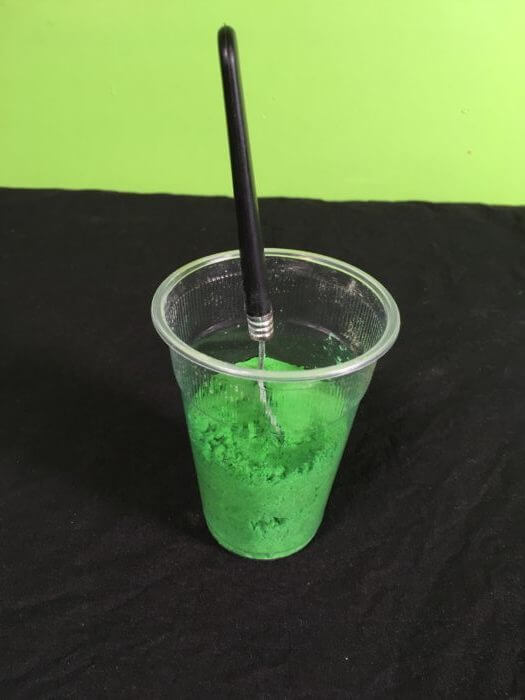
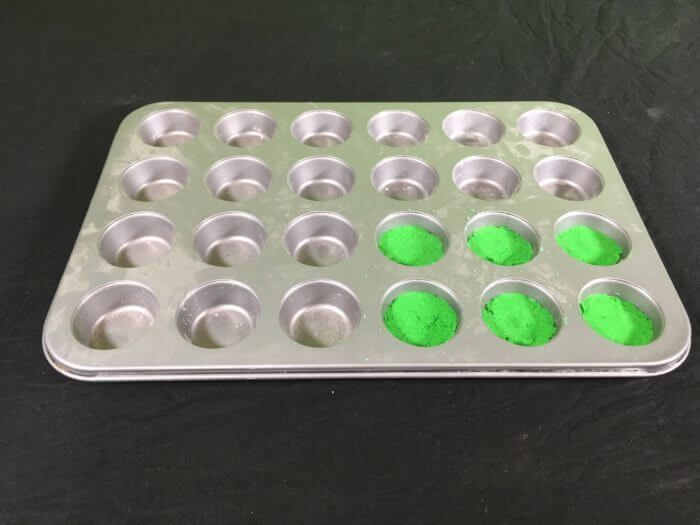
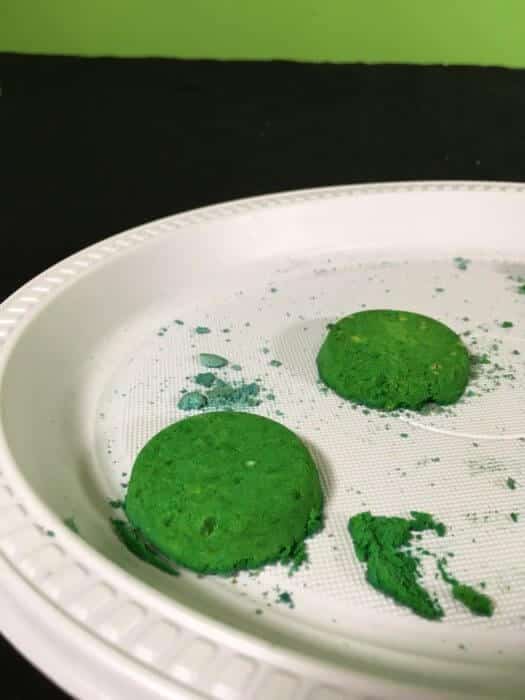
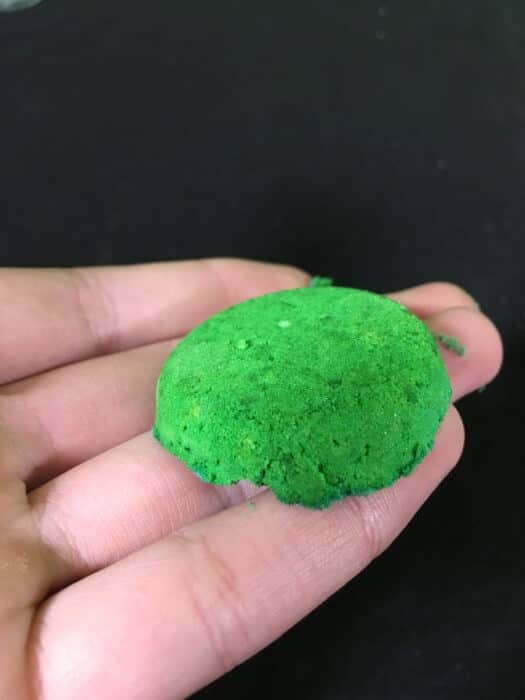
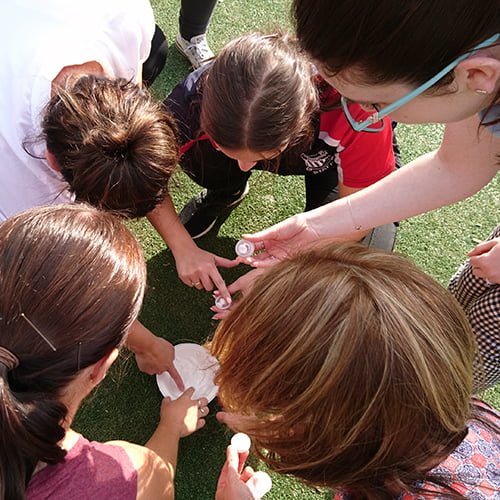



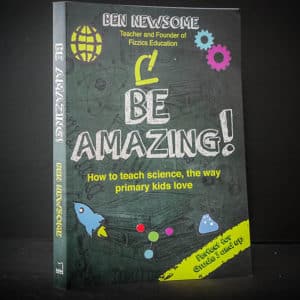

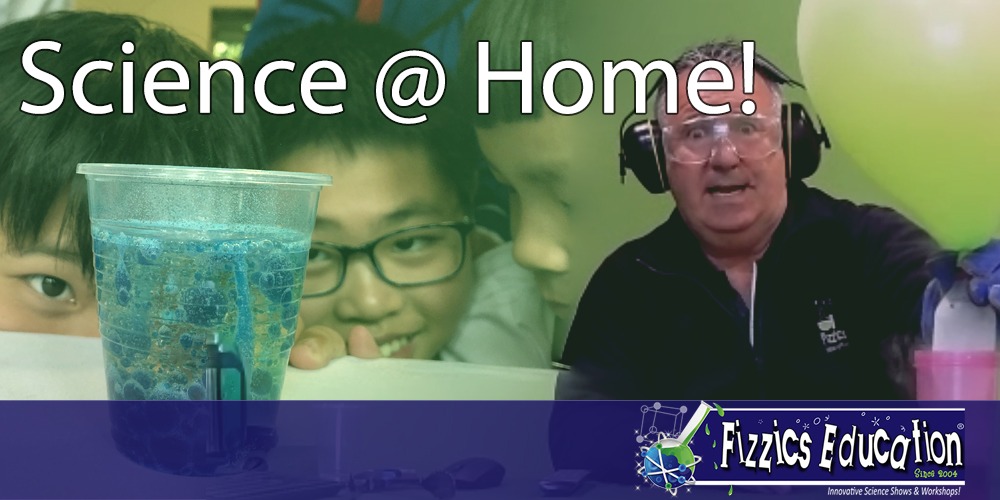
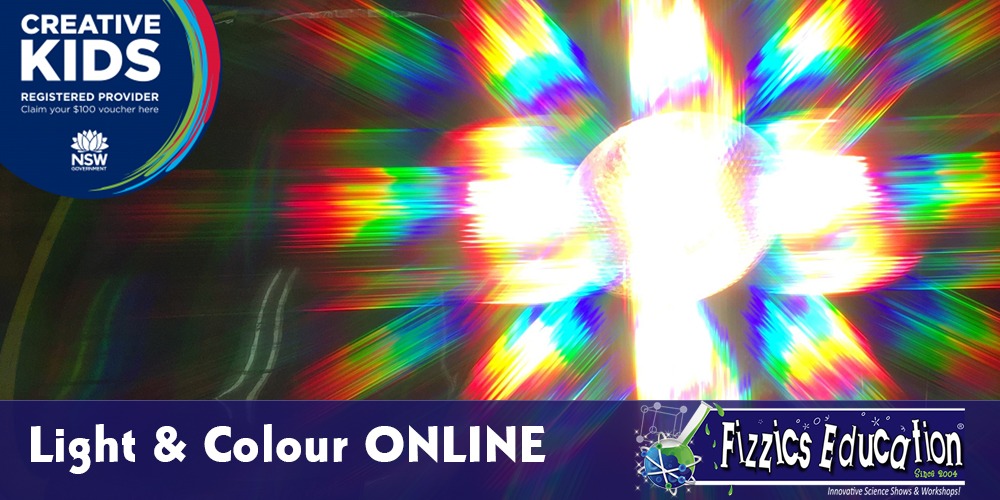
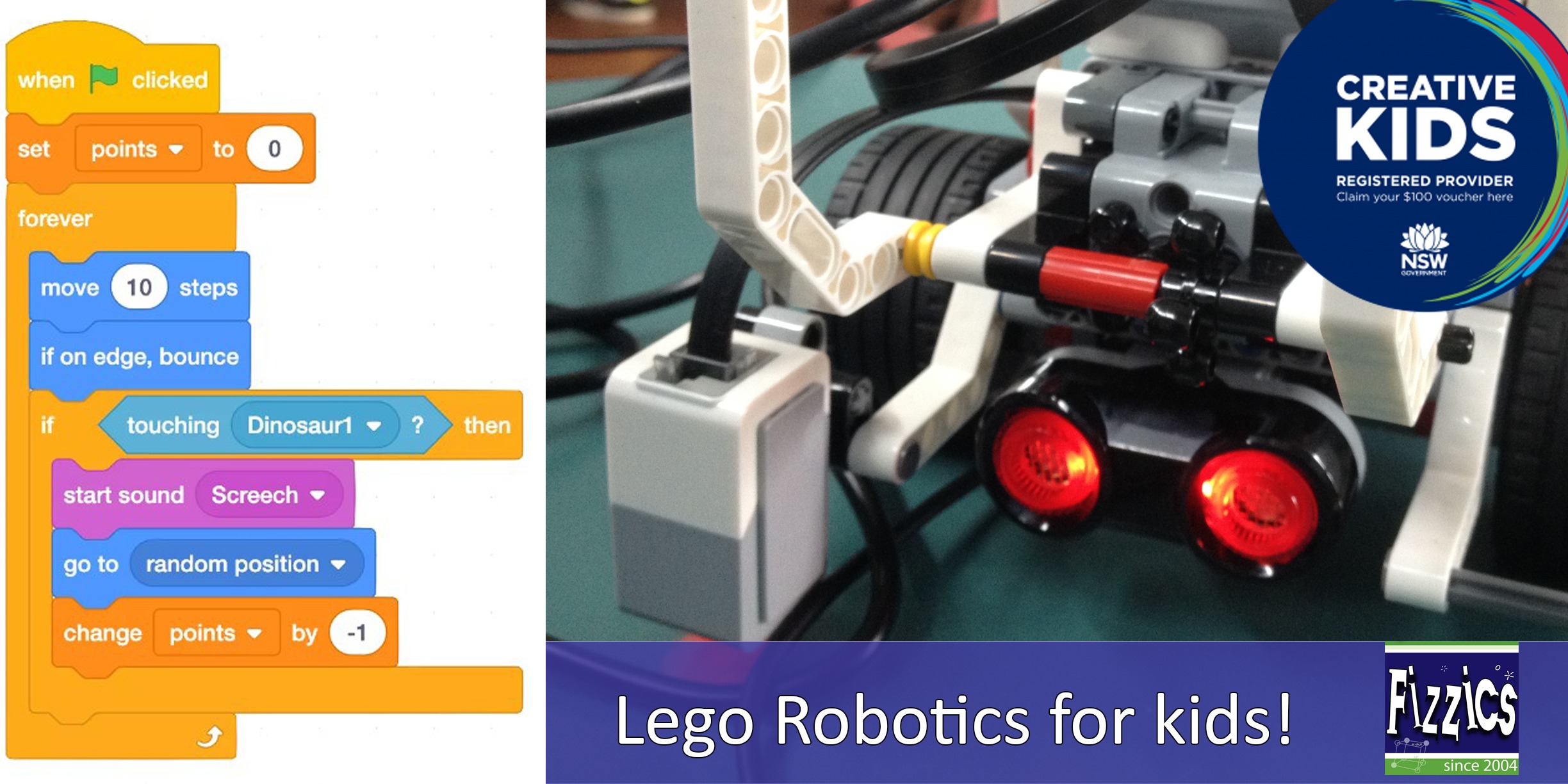
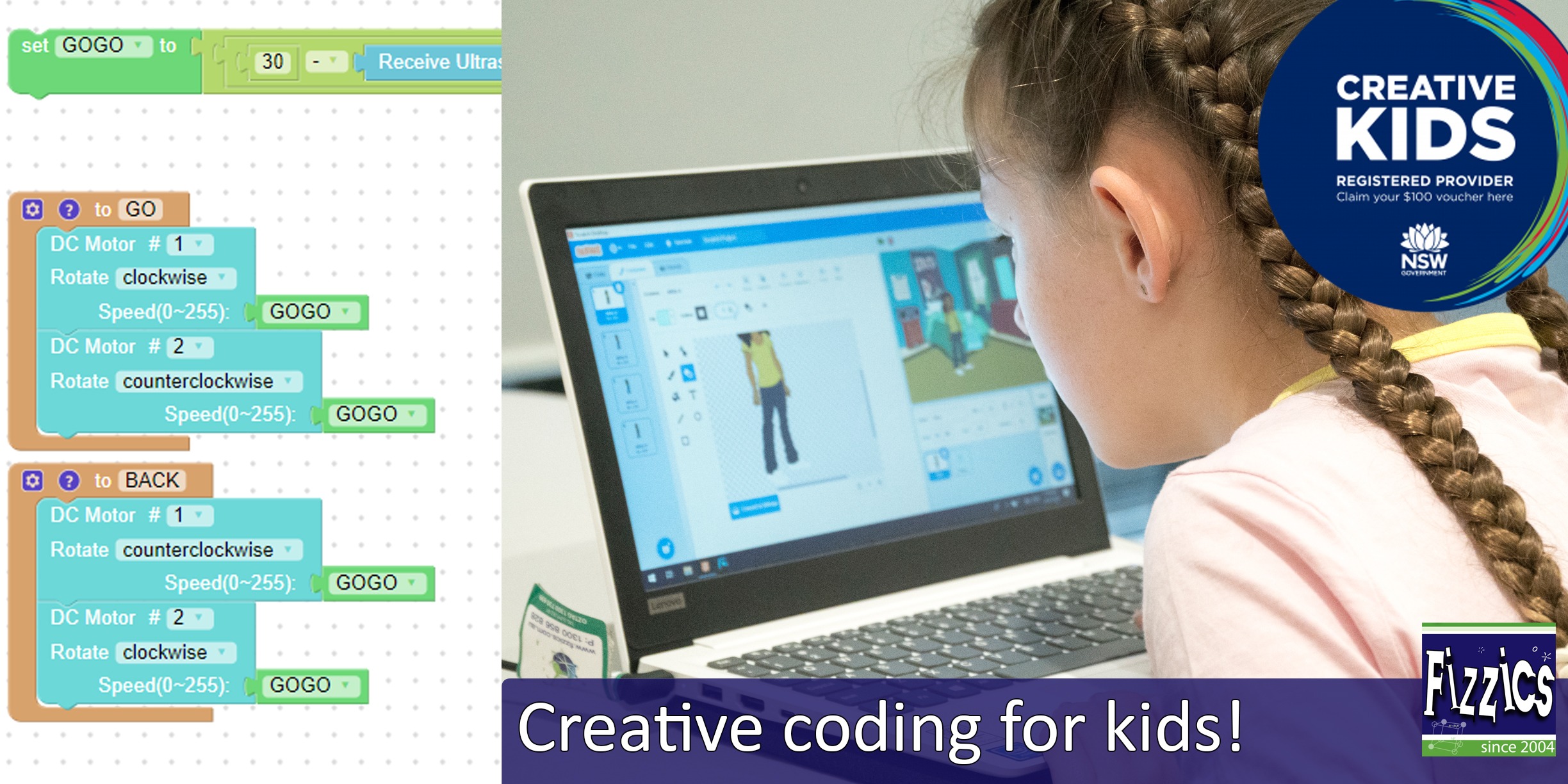
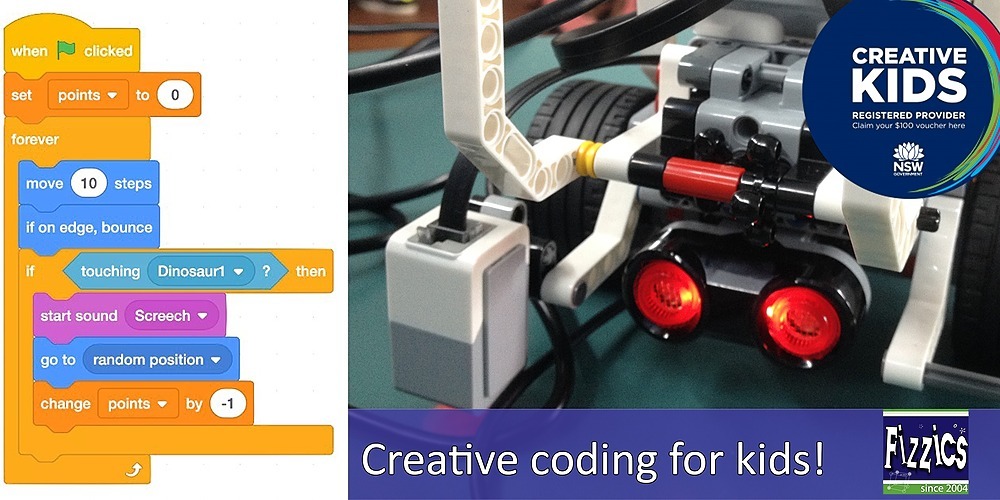
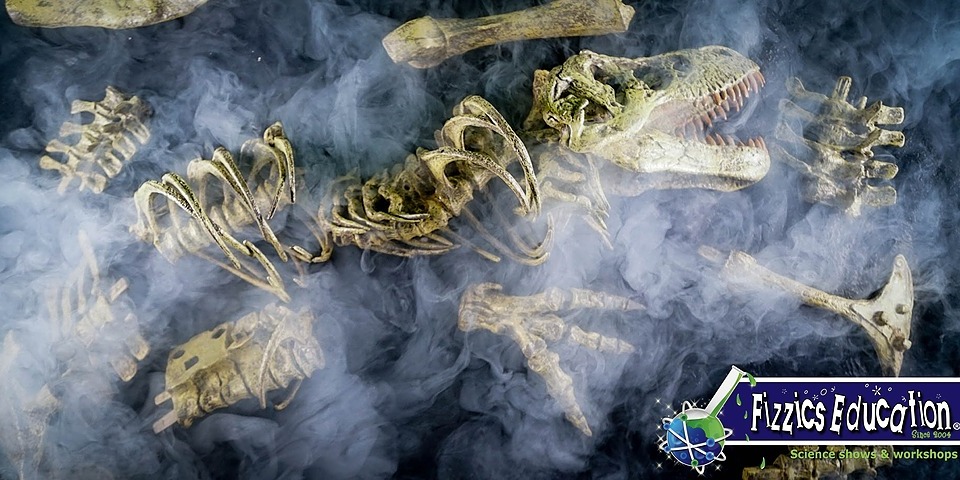
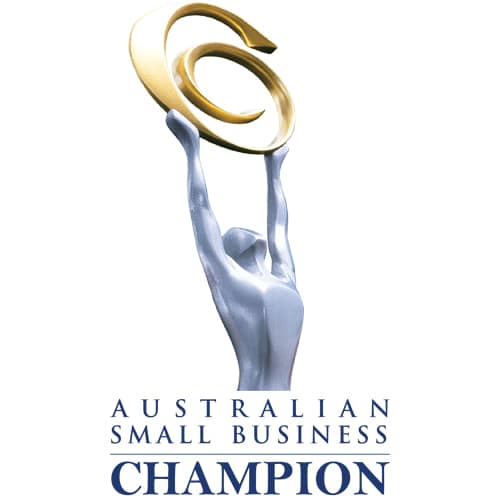
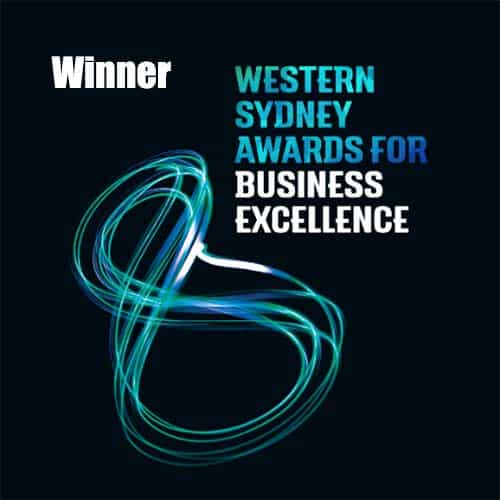
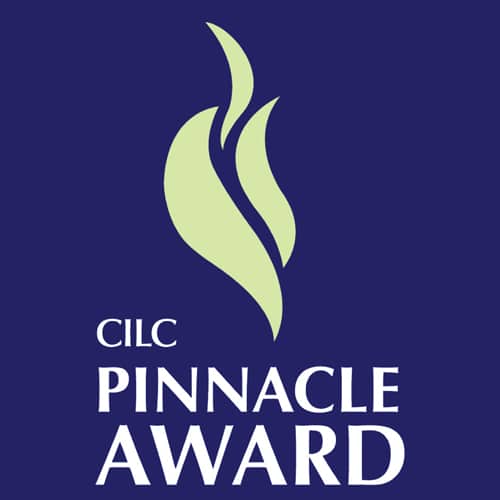
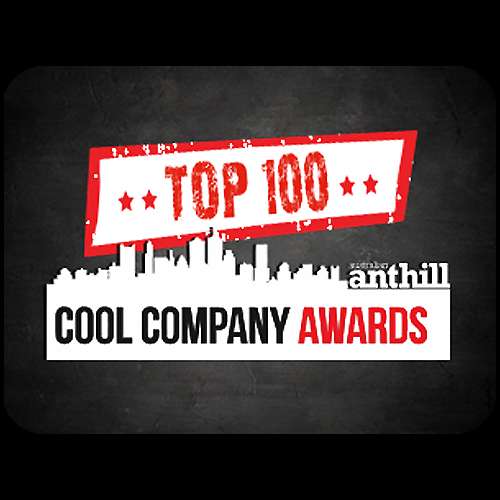
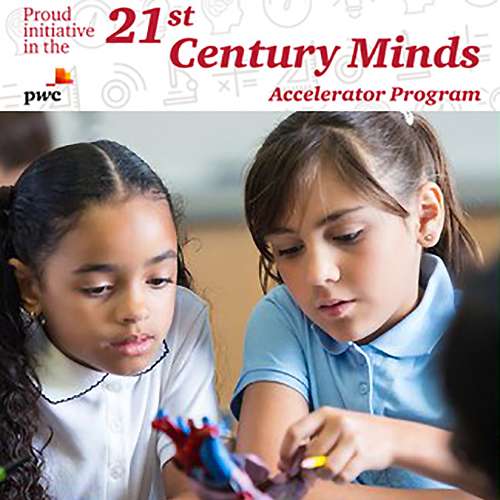
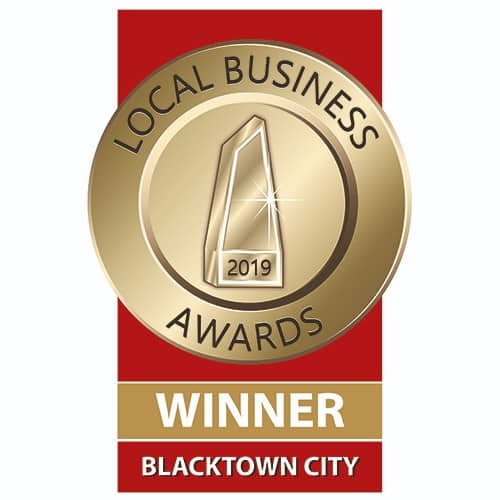
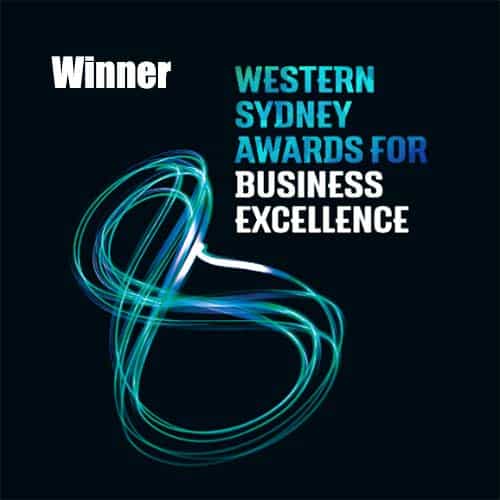
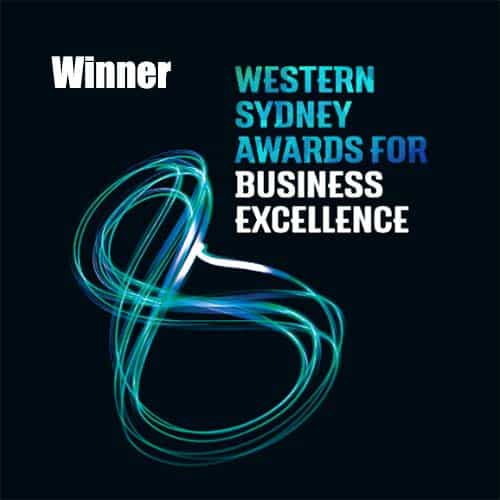
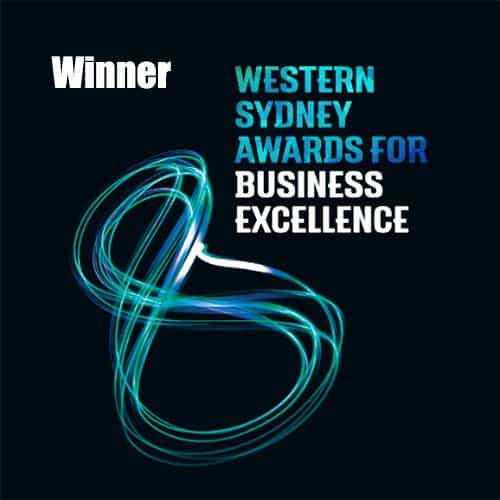
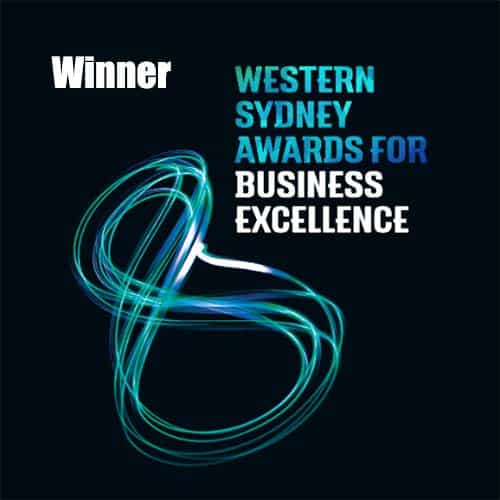
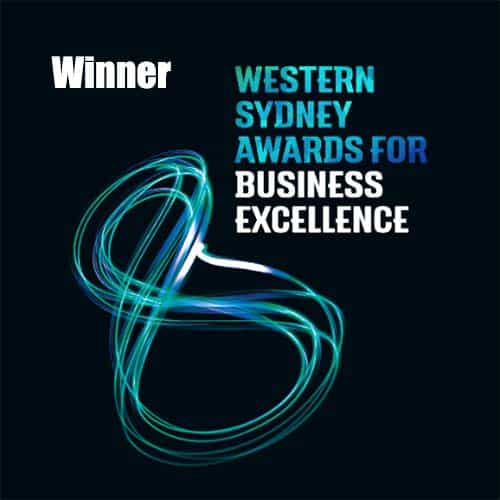
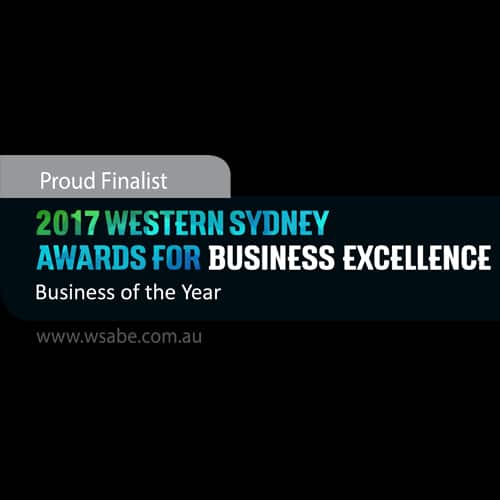
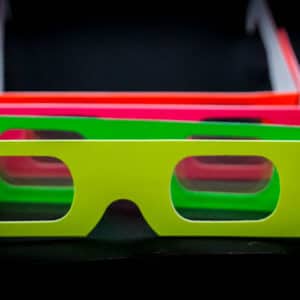


Comments